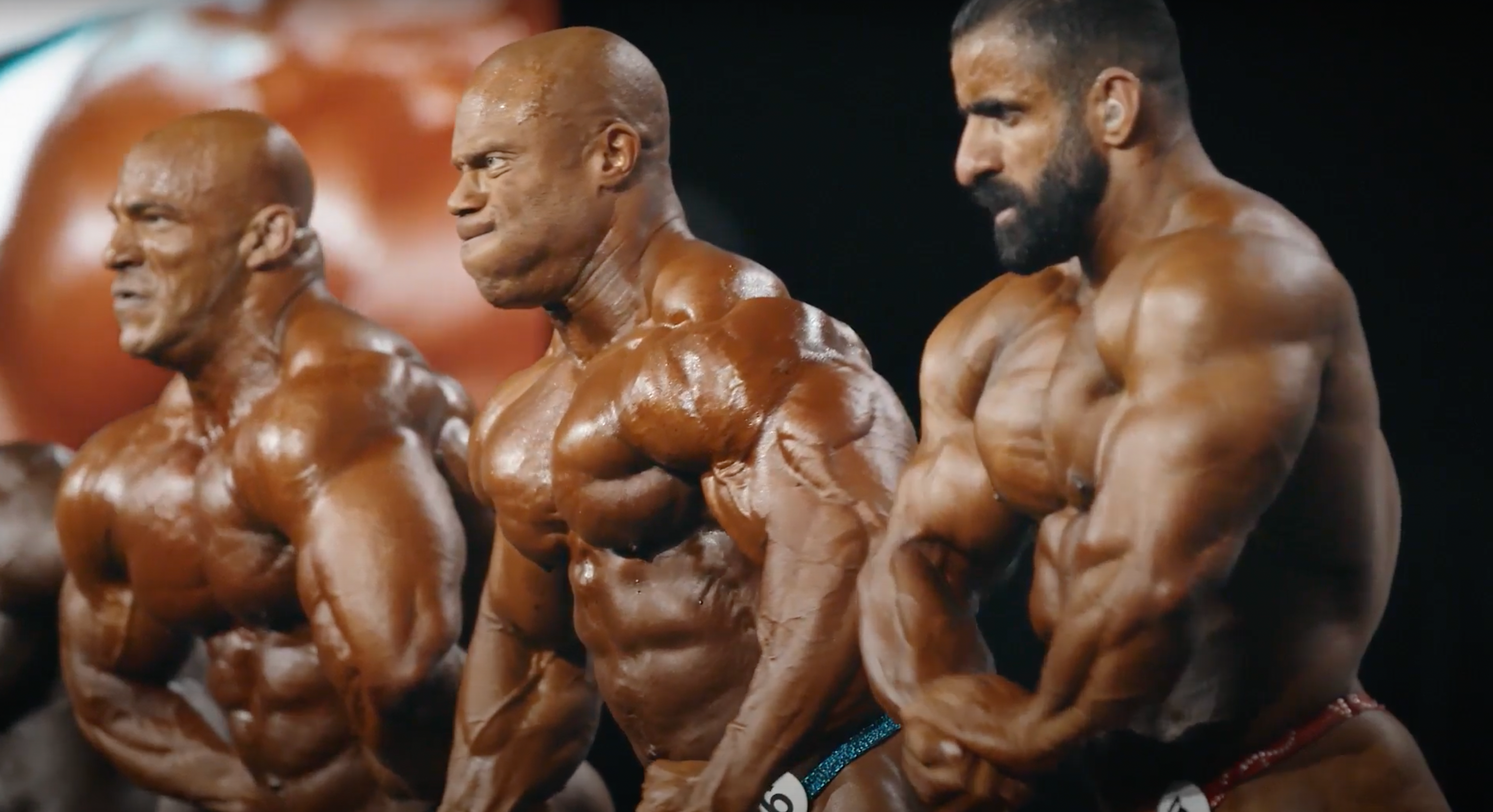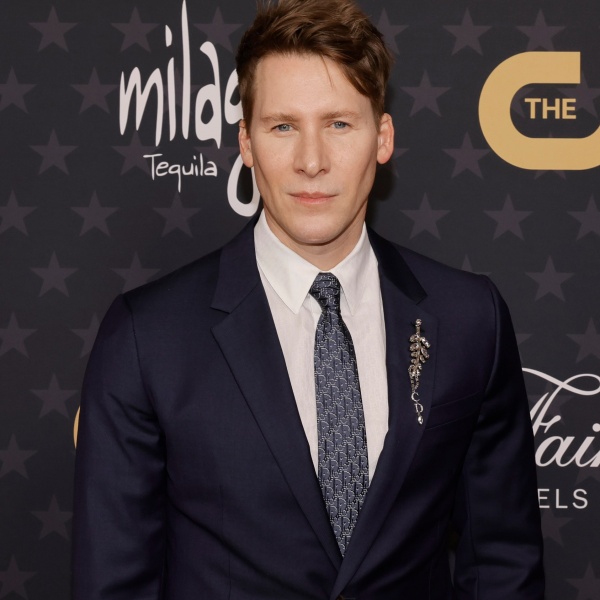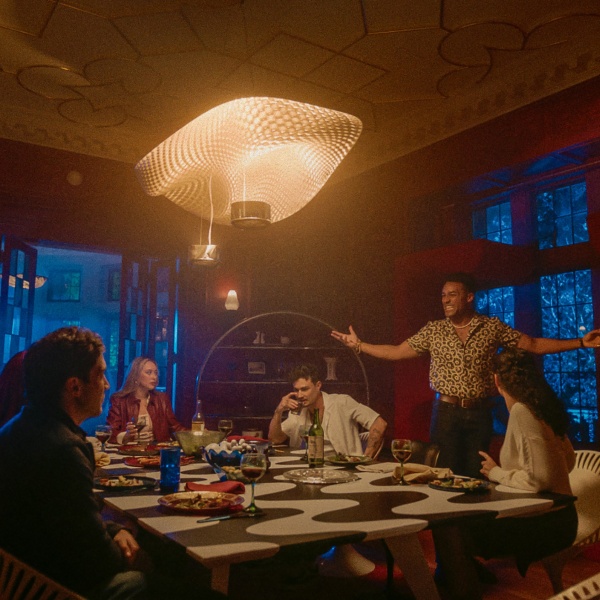From Rocky Balboa fights to cornfield baseball games, virtually every mainstream sport has received a few moments in the Hollywood spotlight. But it’s hard to think of a sport more intrinsically intertwined with cinema than bodybuilding. Football fans might enjoy watching “Remember the Titans” on an offseason afternoon, but cinematic recreations are unlikely to scratch the same itch as live games on an NFL Sunday. Bodybuilding, on the other hand, has enjoyed a symbiotic relationship with Hollywood ever since a certain Austrian named Arnold Schwarzenegger set foot in California. For the past half century, documentaries about the sport have often drawn more mainstream attention than any live broadcast of an actual competition.
In many fans’ eyes, the sport of bodybuilding first gained mainstream legitimacy with the release of “Pumping Iron,” George Butler and Robert Fiore’s landmark 1977 documentary about Schwarzenegger’s preparations for the Mr. Olympia competition. In addition to introducing audiences to the man who would become the next decade’s biggest action star — through iconic moments like a scene where Arnold claims that his love for the gym has turned his life into one endless orgasm — the film captured the pageantry and intensity of the sport in a way that only cinema could.
The paradox of bodybuilding is that it’s one of the most physically demanding sports on the planet, yet none of the athletic feats are actually seen during competitions. Bodybuilders put their muscles through grueling workouts in the months leading up to a show — yet to many, the product they see on TV is just a bunch of oily men posing in speedos on stage. But the combination of jaw-dropping workout footage and artful posing sequences has allowed documentarians to fuse the art and sport of bodybuilding in a way that televised competitions have never matched.
Every generation has had its own iconic bodybuilding documentary, from “Pumping Iron” in the ’70s and Schwarzenegger’s follow-up “The Comeback” in the ’80s to recent hits like “Bigger Stronger Faster*” and “Generation Iron.” The latest addition to the canon is Brett Harvey’s “Breaking Olympia: The Phil Heath Story,” which chronicles seven-time Mr. Olympia champion Phil Heath as he mounts a comeback and trains for his final bodybuilding show amid the chaos of the COVID-19 pandemic. The film is both a crowd-pleasing sports documentary and a uniquely vulnerable look at the challenges bodybuilders put themselves through. Perhaps more importantly, it’s yet another reminder that cinema is unmatched as a vehicle for telling bodybuilding stories.
Ahead of the film’s release, Heath sat down with IndieWire to discuss his new film and his plans to follow in Schwarzenegger’s footsteps and pursue an acting career. Naturally, the conversation began with the bodybuilding films that shaped him.
“Oh yeah!” Heath gleefully said when asked if he remembered watching bodybuilding films early in his career. “I had every video. I had two copies of ‘Pumping Iron’ — one was on VHS and was actually stolen, so someone out there has it. But I still have ‘Pumping Iron.’ I also have the one that came after that called ‘The Comeback,’ which was after [Schwarzenegger] had retired and he came back and he was training in Australia. I have all of those. If you’re a bodybuilder and you haven’t watched ‘Pumping Iron,’ it’s like a person that’s into sci-fi and hasn’t watched ‘Star Wars’ or ‘Star Trek.’ It’s weird!”
“Breaking Olympia” carries on the tradition launched by films like “Pumping Iron,” but adds a twist you could only find in the 2020s: Training through a pandemic. Heath achieved bodybuilding immortality when he won the sport’s top prize, Mr. Olympia, seven consecutive times from 2011 through 2017. But after a loss in 2018 and a hiatus in 2019, he decided that entering a bodybuilding show during a global pandemic was an irresistible challenge. At the urging of “Breaking Olympia” executive producer Dwayne Johnson, he decided to make one final run at the title before officially calling it a career. He allowed a camera crew to follow him as he trained, often illegally, through the darkest days of lockdowns as a way of ensuring that the last chapter of his story was told in his own voice.
“I wanted this doc to highlight my career, but also allow me to step away from the competition on my terms,” he said.
Heath remains a bodybuilding fan, but he says that retiring has given him a new perspective on the sport’s cultural impact. Actual TV ratings have never caught up to the resonance of films like “Pumping Iron,” and it may well be that the details of bodybuilders’ statuesque physiques and the elegance of their posing routines will always fit better onto movie screens than ESPN. But to Heath, the ultimate sign of the sport’s footprint is the way that the specific competition poses have worked their way into pop culture.
“Every time a boxer stands on that scale, they always flex. Every time a basketball player in March Madness gets an and-one dunk, they always flex their bicep. Every time a quarterback gets sacked by a linebacker, he always does the Most Muscular pose,” he said. “Who the heck did they learn this from? They learned it from us, they got inspired by us. And I’m speaking for all the bodybuilders when I say: we love that they do that! So I am very, very happy to be a bodybuilder for life.”
What’s next for Heath now that he’s walked away from the sport that gave him everything? He’s setting his sights on another time honored bodybuilding tradition: Launching an action movie career.
“Give me a sword, give me a gun, teach me some fighting techniques and I’m ready to roll,” he said with a laugh. “They won’t even have to CGI my muscles.”
“Breaking Olympia: The Phil Heath Story” is now available digital and VOD platforms from Universal Content Group.







